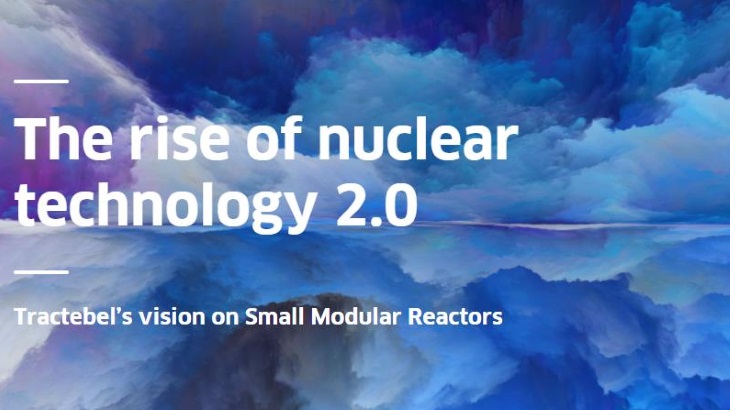In January, Tractebel and Finnish power company Fortum signed Memoranda of Understanding with Estonia's Fermi Energia to cooperate on studying the deployment of SMRs in the Baltic country.
"The decarbonisation of the electricity mix is what has been drawing most of the attention in the energy transition debate. Yet it is merely the tip of the iceberg," Tractebel says in the new report.
Citing International Energy Agency data, it notes that out of more than 116,000 TWh of total final energy consumption, electricity constitutes only 20%. This means the energy transition is about decarbonising the whole economy, namely, electricity, heat and transport.
"Given the technical limitations for total electrification, each of those sectors will require a specific energy vector to be economically sound: electrons to power our devices, steam to feed industrial processes and molecules to cross continents. With renewables at the forefront, arduous challenges will arise from each of these three pathways. This is where small modular reactors step in," it says.
SMRs are not a single product, but rather a business model to enable the zero-carbon transition, the report says. This is through: load-balancing capabilities and GWh-scale energy storage that foster the penetration of intermittent renewables; better size compatibility with market demand, alternative reactor coolant and higher operating temperature that enable district heating, water desalination and demineralisation; pink (nuclear-based) hydrogen production that may serve as feedstock for steel and fertilizer production or as intermediary to eMolecules synthetization (such as eKerozene) close to CO2 deposits (such as those from the limestone industry).
With more than 70 concepts addressing diverse market segments, SMRs are creating "an effervescence within the nuclear industry not observed since its inception", the report says.
"As in the 1950s, an individual technology's success will be conditioned by more than mere technical merits. Designs deemed promising also need to meet market appetite and industrial deliverability requirements," it says.
"The first SMRs will be online in 2021, in China and Russia, and western technologies will follow by 2027, in the US and Canada. With full market deployment expected within 10 years, now is the right time to move to integrate SMRs into the design of tomorrow’s energy ecosystem."
The advent of advanced reactors is not something that can be merely "decreed", it says, but must be "built and nurtured" over years. In the meantime, extending the lifetime of existing nuclear reactors - "by far the cheapest low-carbon alternative of all energy sources" - is the ideal way to maintain current expertise.
Tractebel says it aims to demonstrate the value of SMRs through "real-world" industrial projects and looks forward to pilot project opportunities with interested parties.
The White Paper was authored by Anicet Touré, product manager for SMRs, Célestin Piette, innovation manager, and Philippe Monette, chief technologist.





_30199.jpg)
_72306.jpg)

_49562.jpg)





